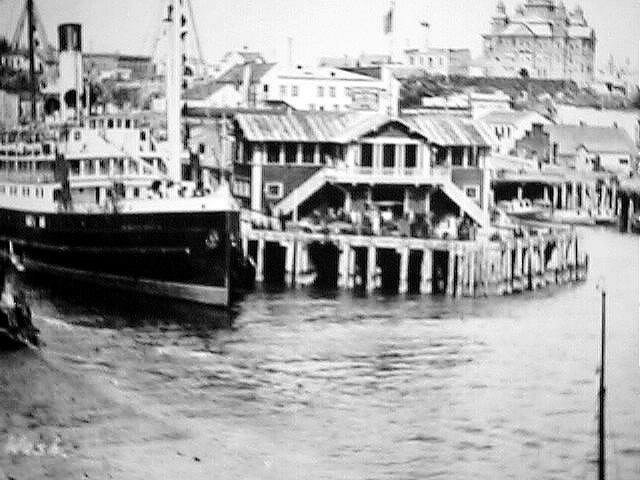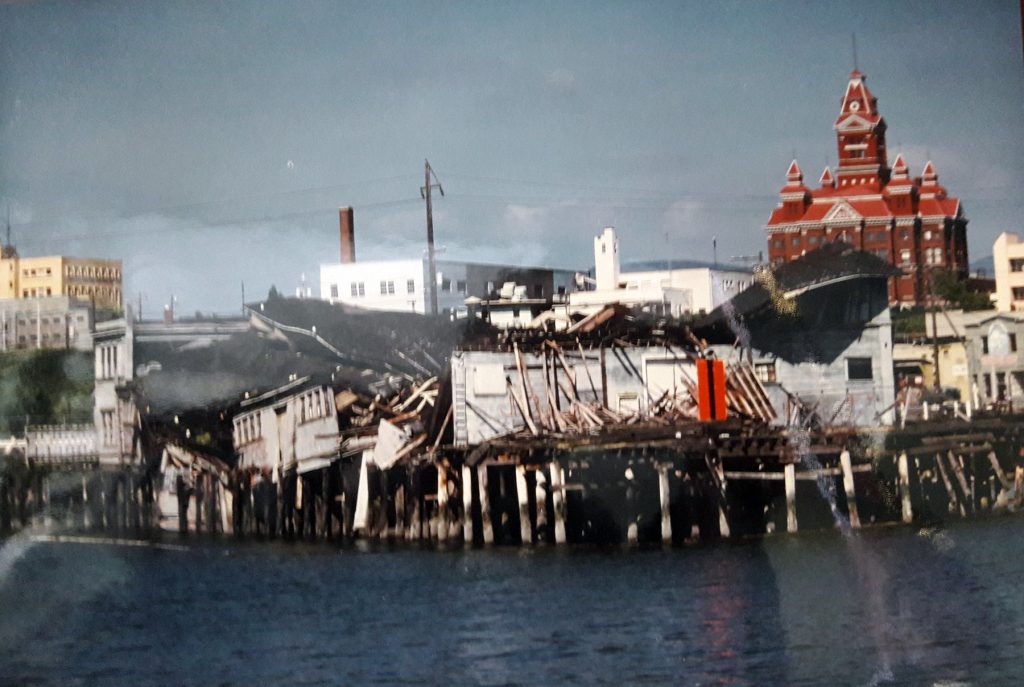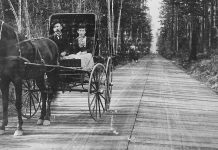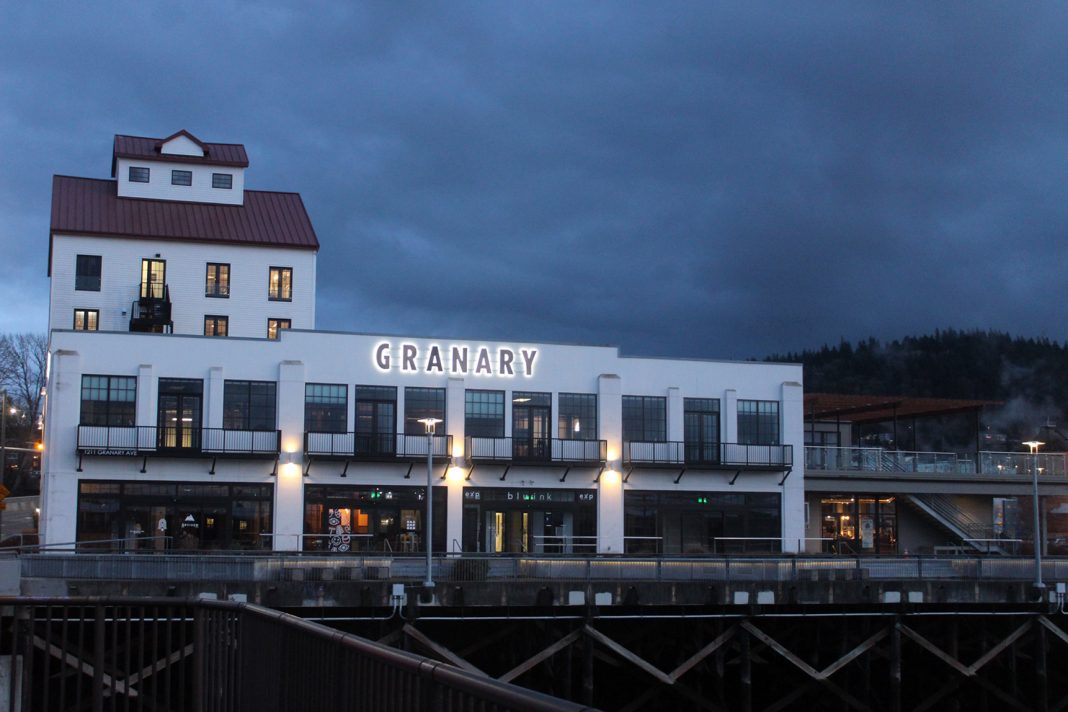In Bellingham today, the downtown waterfront is known as a relic of the once-booming maritime industry and the subject of endless, slow-moving revitalization plans. However, it was once a thriving hub for transit and cargo shipping in the age of one such industry mainstay: the public docks.
In 1924, the Port of Bellingham purchased Municipal Dock from the City of Bellingham, which had built it in 1918. Originally 105 feet wide and 345 feet long, the dock would become Bellingham’s primary shipping terminal at Cornwall Avenue.
You can read details about other early area docks at the Port of Bellingham’s website.
Citizens Dock opened on July 1, 1913, as Bellingham’s first public dock. It facilitated cargo shipping and became Bellingham’s primary transit hub for passengers traveling on Puget Sound via steamship.
“It was down at the Whatcom Creek Waterway,” says Steve Paus, director of the Whatcom Maritime Heritage Museum. “The granary was [nearby], but Citizens Dock was more at the head of the waterway — that’s where the Mosquito Fleet came in.”
Anticipating the 1914 completion of the Panama Canal, Citizens Dock positioned Bellingham to expand trade with markets across the Atlantic.
“It was originally the dock for freight and for passenger service from here to the islands and down to Seattle and Tacoma,” Paus says. “All the public docks along Puget Sound connected in some way. If you wanted to get from here to Seattle, this was the way you got there. If you wanted to get to the islands, that was the way you got there, too.”

A Golden Age of Transit and Shipping
Companies in Bellingham’s leading industries, such as Pacific American Fisheries in fishing and Bloedel-Donovan Lumber Mills in logging, largely used their own private docks. Municipal Dock and Citizens Dock provided cargo shipping for companies without other means — mainly Bellingham’s early twentieth century farmers.
“It was certainly fruit and vegetables out to the islands and from the islands in,” says Paus. “Chickens and eggs and things like that.”
The Port of Bellingham recorded the growth of shipping at Municipal Dock as 11,640 tons of cargo in 1921 up to 60,983 tons by the Great Depression. Bellingham’s imports mainly included logs and coal.
Citizens Dock operated passenger steamships until 1935, after which Puget Sound Freight Lines purchased it and shipped freight into the 1970s.
“The first stop from Bellingham would’ve been Everett, and then down to Seattle, Tacoma, Olympia, all the major cities down south,” Paus says.

Remembering Maritime Heritage
By 1980, Citizens Dock was City of Bellingham property and no longer used for commercial shipping. It was slated for potential reuse as a maritime museum and waterfront commercial hub. However, the city council’s controversial vote to move the dock’s structure to Maritime Heritage Park never came to fruition after a 1986 storm caused the dock to collapse.
“At the time, the parks department had control over Citizens Dock [and] we felt it would be a great spot to have a public dock,” says Paus. “The waterway, that’s how people came in on private vessels, as well. They had a little transit dock there, and if somebody came into Bellingham from Orcas Island, they could park there for the day.”
The 1986 storm spelled the untimely end for one of Bellingham’s earliest waterfront landmarks.
Today, Bellingham Shipping Terminal has supplanted Municipal Dock as a facility for cargo handling. The Alaska ferry and San Juan Cruises still transport passengers along Citizens Dock’s traditional routes.
Docks Anchored in Time
Interested folks can rediscover the legacy of Bellingham’s historic docks at public libraries and other educational centers. At Western Washington University, the Center for Pacific Northwest Studies archives records from Municipal Dock and Citizens Dock from 1926 to 1972.
Whatcom Maritime Heritage Museum operates out of the Bellingham Cruise Terminal, with displays on subjects such as Pacific American Fisheries and associated shipyards.
“We specifically concentrate on the fishing and canning industry of Washington State, as well as Alaska, and the boat building and ship building of Whatcom County,” Paus says. “We’re open when the Alaska ferry is here from noon to 3 p.m. on Wednesdays.”
Even if revitalization plans for Bellingham’s historic docks never came to pass, today’s waterfront provides a safe harbor for the memory of voyages past.







































